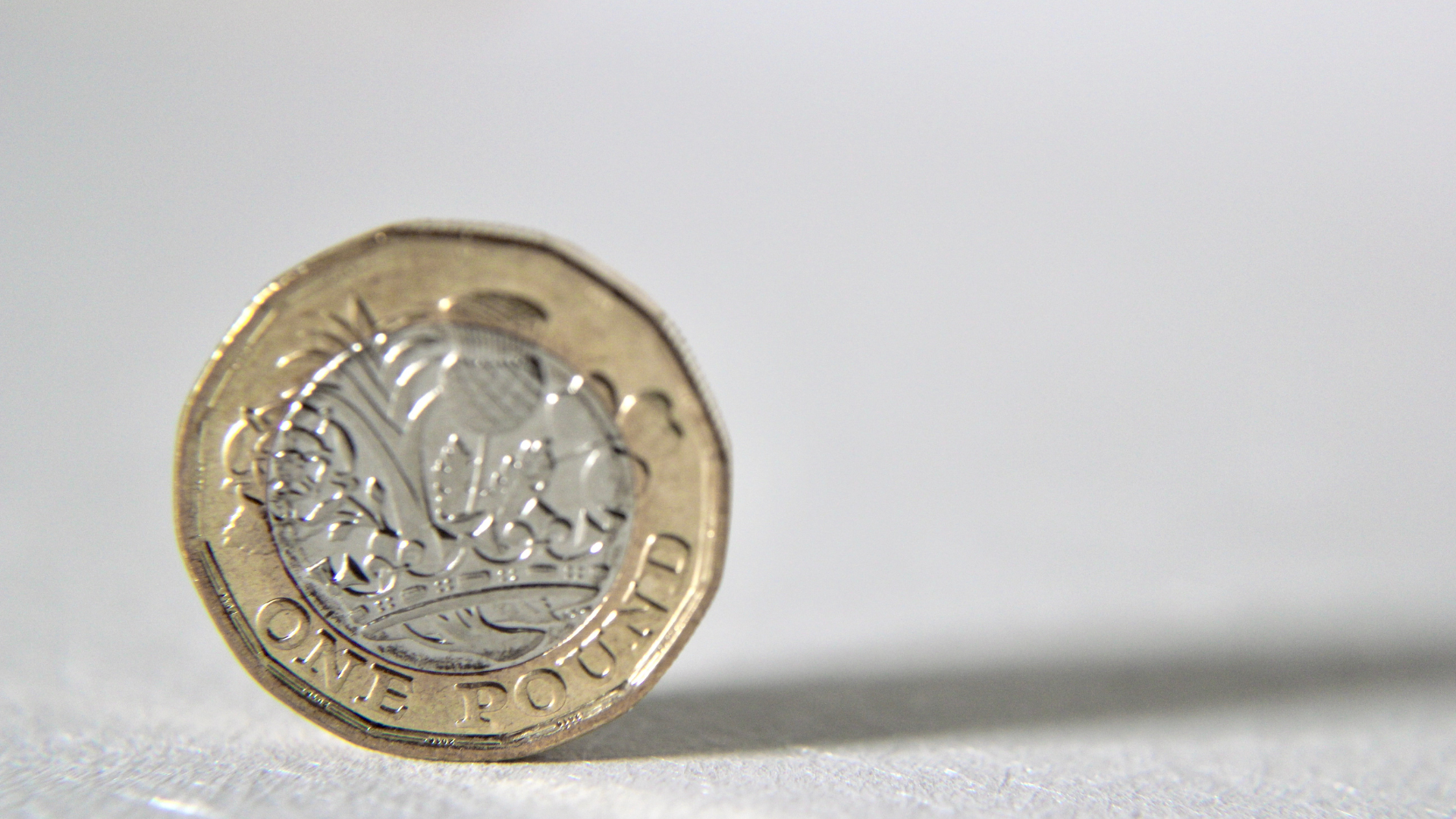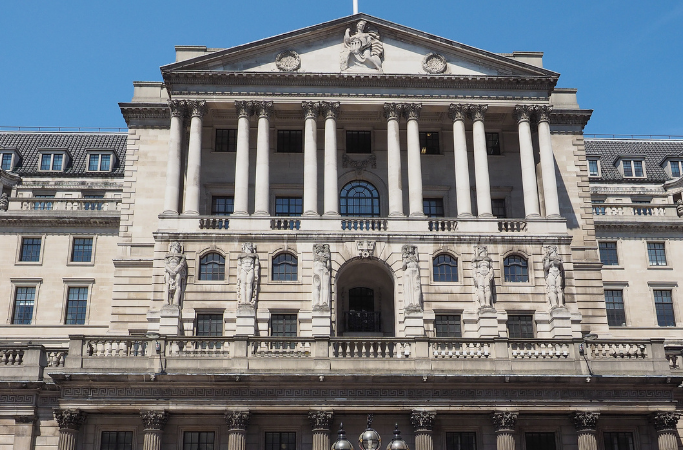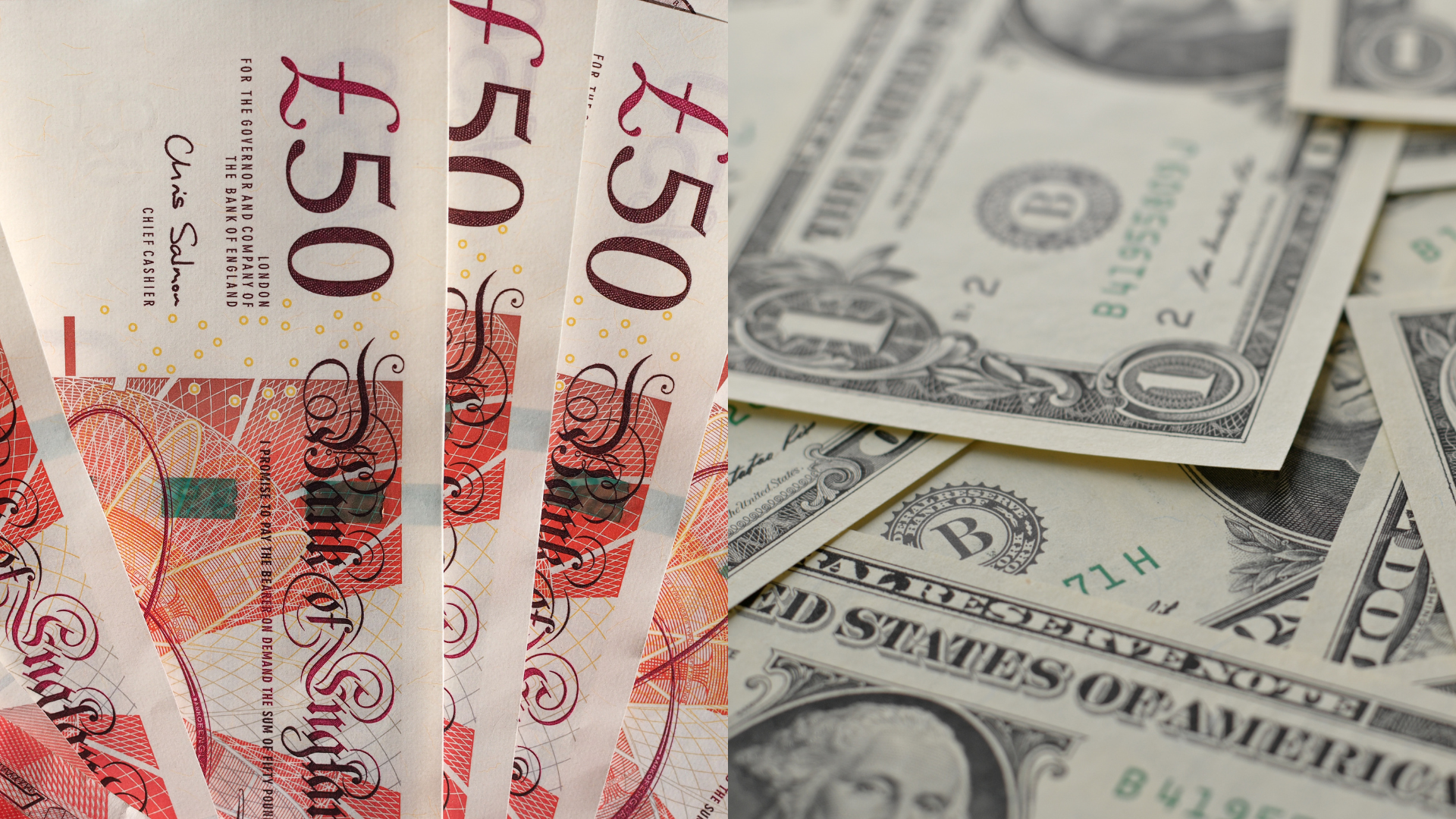
The Pound Sterling (GBP) fell on Monday following disappointing economic data from the UK, as market sentiment soured and concerns over the country’s growth outlook intensified. The British currency underperformed against most of its major rivals, with a notable exception being the Euro (EUR), which also faced headwinds from a contraction in Eurozone economic activity.
The UK’s Composite Purchasing Managers’ Index (PMI) for September dropped to 52.9, down from 53.8 in August, signaling slower growth across both the manufacturing and services sectors. The decline was sharper than analysts had expected, and while the reading still points to expansion, it raised concerns that the UK’s economic recovery might be losing steam.

The manufacturing and services PMIs both registered declines, highlighting vulnerabilities in the UK’s economic performance amid ongoing global uncertainty. Despite the weaker data, some analysts remain cautiously optimistic. Chris Williamson, Chief Business Economist at S&P Global Market Intelligence, noted that the overall trajectory remains aligned with the Bank of England’s (BoE) growth forecast of around 0.3% for the third quarter.
“A slight cooling of output growth across manufacturing and services in September should not be seen as too concerning,” Williamson commented. His statement helped temper some of the immediate concerns surrounding the economic data, but market participants are still adjusting their outlook for the Pound.
The BoE’s monetary policy decisions are likely to play a crucial role in shaping the Pound’s trajectory in the coming months. Traders are now focused on the central bank’s approach to interest rates, following its decision last week to keep the benchmark rate steady at 5%. While expectations for further tightening have eased, there is speculation that the BoE might deliver one more rate cut before the year ends, adding to the uncertainty surrounding the Pound.
For now, however, the weaker-than-expected PMI figures have amplified concerns about the UK’s economic resilience, putting downward pressure on the Pound as investors reassess the growth outlook. With the BoE likely to remain in a wait-and-see mode, the currency’s performance will remain closely tied to incoming economic data and market expectations of central bank policy.











